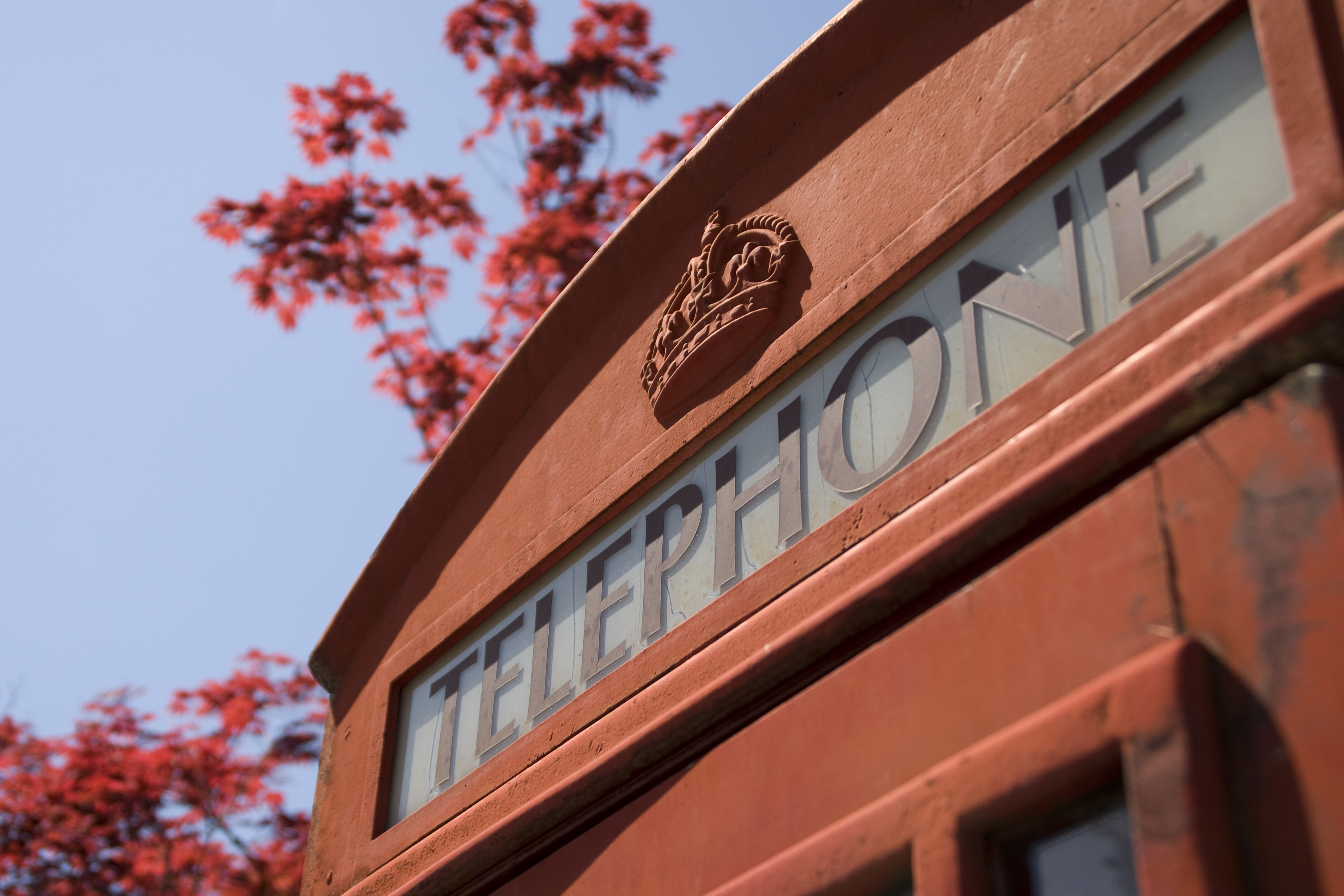Twitter – The rise of the $25B social network
It’s a start-up dream come true… the stuff that keeps webpreneurs and developers up late working away on the next big idea to take the world by storm. It’s hard to believe that just 7 years ago, no one had heard of Twitter. Well, almost no one. The brainchild of Jack Dorsey, Biz Stone and Evan Williams, ‘twttr’ (as it was first known) was just a side project while they worked at podcasting company Odeo.
The first ever ‘tweet’ sent by Jack was received by his 7 followers and simply stated ‘just setting up my twttr’. Today, Twitter employs more than 1,300 people and after an IPO that blew all expectations out of the water earlier this month, the company is now valued at $25 billion (with a capital B!).
From zero to hero with 250m+ active users
Every 2 ½ days a billion messages are tweeted. In a relatively short space of time Twitter has become part of the fabric of everyday life for many people. Everyone knows what a ‘tweet’ is and whether you love them or hate them, it’s unlikely Twitter will be going away any time soon.
In fact, a look back over the short history of Twitter shows strong year on year growth, which, like any growth has compounded in more recent years. As an entirely new concept, Twitter had first to articulate what it was all about. Sure, it was obvious this was a social media platform, but some of the earliest conversations in 2006 were between confused people trying to understand how Twitter worked… “I don’t get it. What is it supposed to do?” and “What should we do now?”.
Clearly Twitter had to explain themselves better and they wasted no time doing it. The first headline on their home page read “Stay in touch with your friends all the time. If you have a cell and can txt, you’ll never be bored again… EVER!” A new headline in 2007 aimed to give people a better idea of what Twitter was all about and how it could be used. It also hinted at world domination using the word ‘global’ for the first time; “A global community of friends and strangers answering one simple question: What are you doing?”
Milestones in the making of Twitter
People were beginning to get the hang of it and users gradually grew. Two more important things happened in 2007 – Twitter won an award and phones at the awards ceremony lit up with tweets in real time, drawing a lot of valuable media interest in this fledgling social platform. Then, later that year, hashtags emerged when open source advocate Chris Messina politely tweeted “How do you feel about using # (pound) for groups…?” People willingly participated. Twitter was on the way, but still only small. In early January 2008, the company was operated by just 8 employees but their future began to change forever as more high profile users and companies started tweeting.
A truly global social platform
When NASA tweeted about the discovery of water on Mars, Twitter found a whole new role as a delivery platform for real-time news. By 2009 Twitter had expanded to employ 22 people and the real growth explosion began to occur. By the end of that year, they had added more than 100 more people.
Events such as Michael Jackson’s death in 2009 had a massive impact on the growth of the Twitter community. That one event set a new 493 ‘tweets per second’ (TPS) record and crashed Twitter’s servers. The TPS record would be broken again and again by events like the world cup (2010 – 3,283 TPS), television releases of popular movies in Japan (2011 – 23,088 TPS & 2013 – 143, 199 TPS). By the end of 2012, even the Pope had a Twitter account. @Pontifex regularly tweets and had 3,295,077 followers at the time we published this article.
Is constant innovation one of the keys to success?
Interestingly, even as Twitter had firm proof they’d become a household name and a part of people’s lives, they have always continued to evolve and innovate. Year on year there have been constant (and sometimes dramatic) changes to their branding, website and the way they explain what they do.
Perhaps the old notion of keeping brands in cotton wool is a thing of the past? At least it doesn’t seem to apply to Twitter. Starting out with a simple way for people to connect over the question ‘What are you doing?”, Twitter has been quick to see potential in both news and marketing they may never have anticipated back in the beginning. Today, Twitter is just as important to business as it is to its social users. As a progressive new corporate force, Twitter will no doubt continue to reinvent themselves and quickly adapt to remain at the forefront of social media trends.
Twitter presence is now a key tool in many digital marketing strategies today, enabling businesses to constantly stay in touch and engage with their clients and followers. iFactory works with businesses of all sizes to build and constantly innovate effective websites, apps and digital marketing solutions. Whether you’re a start-up with a brilliant idea or a large corporation looking to build your presence and boost your business, we’d love to chat and explore your potential.

